By Alex Katsaros, CEO of TopFX Ltd.
Making mistakes is an inevitable part of any learning process. In my experience, initially as a Head of Product Development of cTrader and later as the CEO of TopFX, I’ve seen many startups succeed and many fail. TopFX is a Prime Brokerage which specializes in offering technology and business solutions to other brokerage firms. Drawing from this experience, I have decided to share with you the patterns that might lead new brokers to success or failure. The video below is my presentation of the topic at the NextBlock conference in Thailand.
I will highlight the most common mistakes that CFD entrepreneurs make before and after the launch, as well as suggest solutions that will help them overcome these mistakes. At the end of the article, I will share a roadmap to a successful launch.
If you are thinking of launching your own CFD brokerage, or if you are already operating a brokerage which doesn’t seem to be growing as much as you would like, this article might offer some new insight.
The first step to launching your brokerage startup is to decide what kind of brand you want to build. Building a compelling brand is not an easy task. Brokerage startups usually share common characteristics at their conceptual stage, such as the lack of a clear brand identity. When entrepreneurs decide to launch a brokerage, they often choose a name that contains the words “Market”, “Forex” or the shorter “FX”, and purchase the corresponding domain. Eager to go live, but on a tight budget, they outsource their website to amateur web developers, often without employing content writers. They use similar variations of account types, use the same platform and attract clients via bonuses or other inducements.
As a result of this, the majority of these brokers look identical and find it hard to stand out in a crowded and oversaturated industry. It’s no wonder that it will be hard to attract clients when the only difference between these companies is their name.
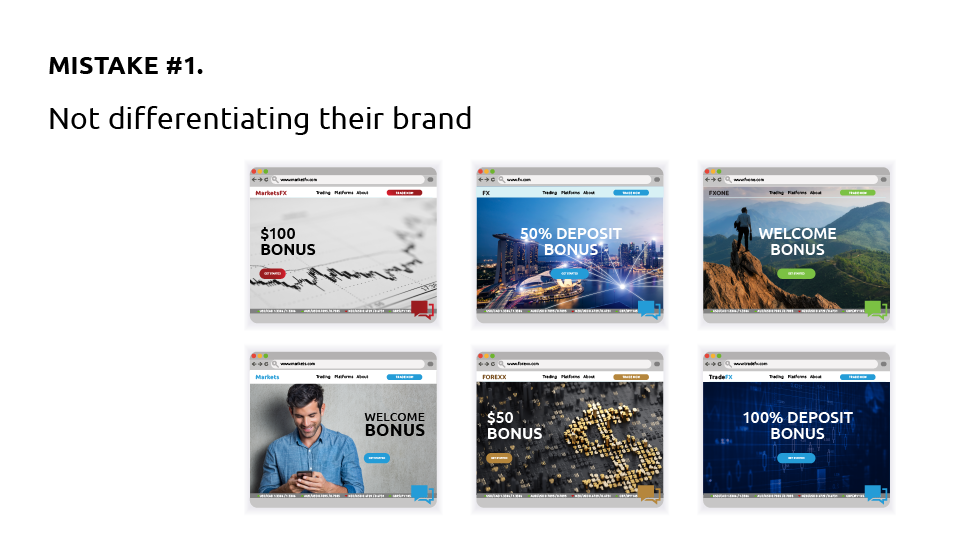
In order to overcome this problem, you need to be in the correct frame of mind, establishing the identity of the brand you want to build, then find the right ways to convey this to your clients. You can kick-start this process by answering these four simple questions:
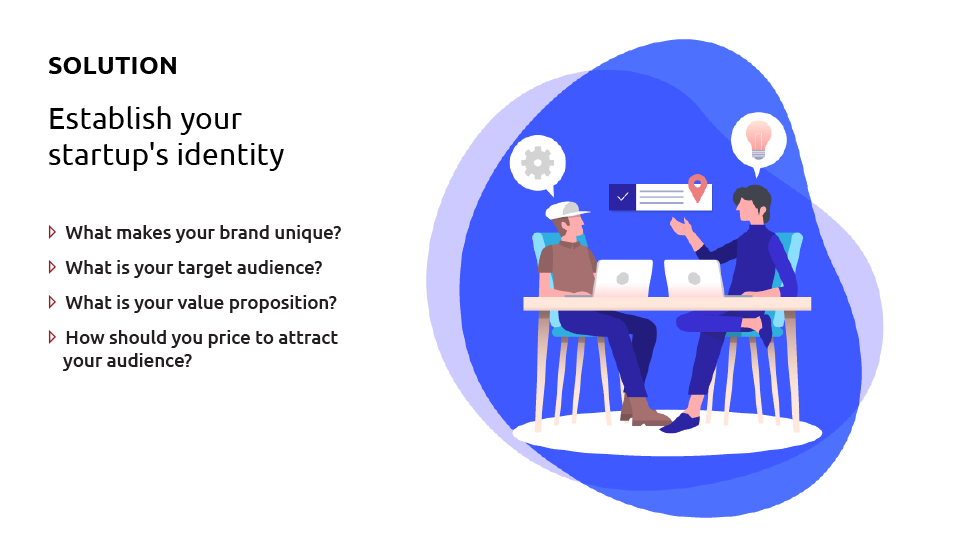
This question underlines the importance of differentiation. Provide your customers with a reason to choose your company over your competitors, preferably by offering a unique product or service. Retail brokers can package and label their products to arouse interest, offer branded educational material and unique trading tools like custom indicators or trading robots. In addition, using more than one platform makes your brand more prestigious, and separates your brokerage from the pack.
This question highlights the importance of knowing the cohorts you are after, so as to create content marketing & products to attract them. Knowing your customers is the first step towards formulating a content strategy and optimising your products to fit the market. Identify your audience by combining demographics with industry-specific characteristics (like trading experience, trading frequency, manual, algorithmic or copy trader etc.) to create trader personas.
This question stresses the importance of clearly communicating the value derived from the use of your product, assisting prospective clients to choose your firm to trade. What additional value does your firm offer compared to your competitors? State the offer clearly, and try to be as unique as possible.
The pricing of your product is of paramount importance and it is not just a matter of offering the lowest prices on the market. Not all traders are looking for a basic service at the lowest price. Some prioritise pricing over other elements, but others are willing to pay higher rates for reliability, quality of execution, great support, education, and a variety of trading platforms.

In TopFX, I make sure that we follow our own advice, so I would like to present our main product as a case study.
The TopFX All-in One Broker Solution is a product that is unique to TopFX. You wouldn't be able to find anything similar in the market, it offers clear value or both startups and brokers with an established clientele. Its central core is the award-winning cTrader platform suite combined with our multi-asset liquidity. Besides that, we have enhanced the solution with various add-ons provided by some of the industry's best vendors.
Our purpose is to offer both startup, and established brokers, all the technology and business infrastructure they need to operate fast and efficiently, without requiring any additional services.
This product is (a) unique, (b) modular so it can target different types of clients, (c) of evident value and (d) priced appropriately for different kinds of customers. Therefore, it is an excellent example of using the components required to operate a brokerage in carefully designed packaging that serves the exact needs of the market.
articles.Our_purpose_is_offer_both_startup
articles.This_product_unique
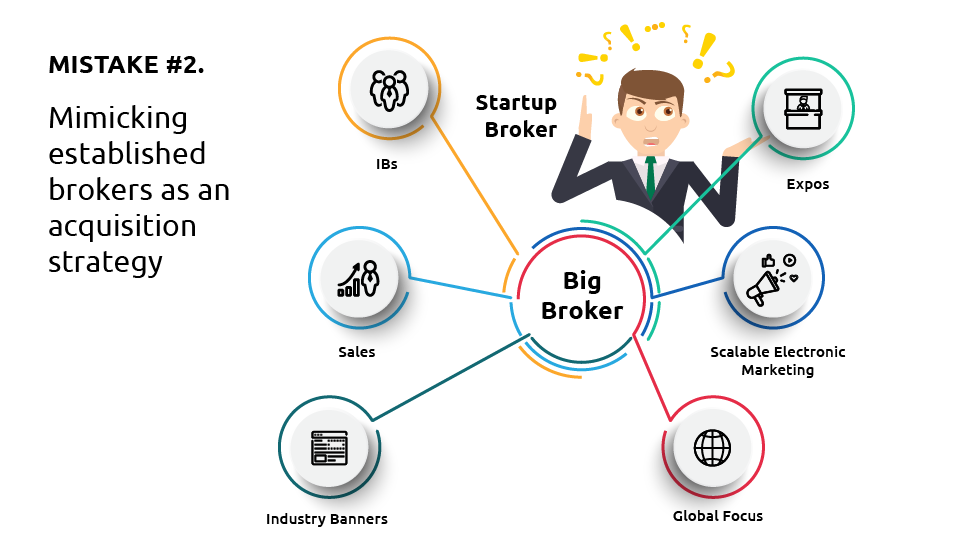
After you’ve established your brand’s identity, it’s time to plan how to acquire clients. It’s a common topic that our broker-clients require advice on. Usually a broker-client would seek consultation in the following manner:
“I’ve seen our big competitor doing display advertising with banners in a popular forex media site. I contacted them and we can barely afford it, so please help me decide, should we get the same banners? How much clients and deposits can we expect?
Mimicking the strategies of big industry players for lead acquisition is a high-risk, low-reward practice, that usually stems from a lack of strategic planning. It will not bring the desired results because a startup brokers' budget is not enough to sustain these marketing campaigns.

The first step to overcome this mistake is to actually have a marketing plan that you need to tune for your startup’s audience and budget.
I advise startups with smaller budgets to concentrate on just one country. The benefits from specific country focus are the following:
You should build your brand by attending local expos, work with local IBs and affiliates, if the regulator of the country you are registered allows, and hire native speaking sales teams. Organize events and seminars. Make sure that you provide great support and work on building long-term relationships with your clients so that they become brand ambassadors or affiliates via multi-level marketing. Try searching for cost-effective deals to advertise on local media.
When your startup has enough funding, you can target more than one country, and add electronic marketing and sponsorships to the above mix. Electronic marketing is pricey because it requires specialised teams that measure and analyse performance, as well as the ability to increase budgets after you've identified a scalable model. Athletic sponsorships and brand ambassadors is another marketing tactic that has proven its value in this industry but also requires a big budget upfront.
articles.When_your_startup_has_enough
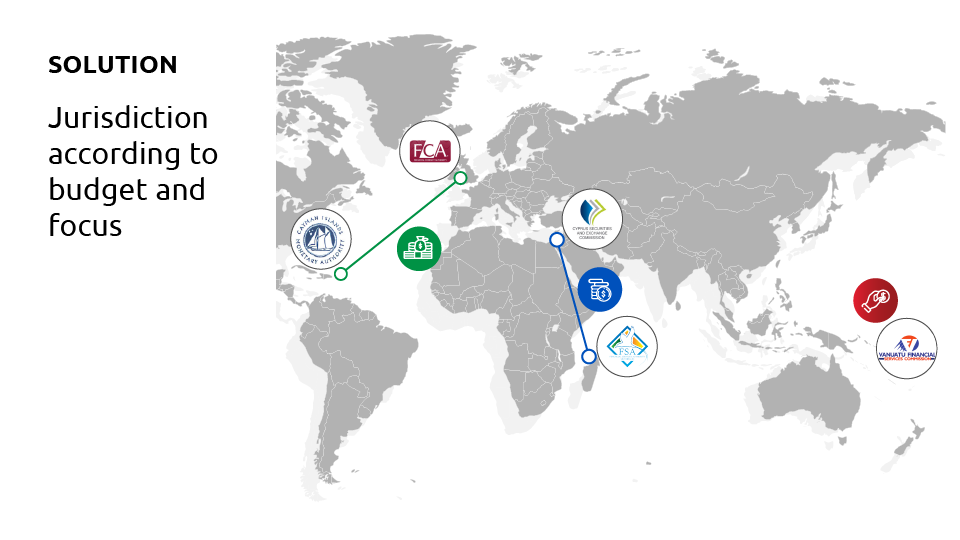
At this point you’ve got a clear brand identity, and a plan for client acquisition, so it’s time to register your company.
In late 2018, the European Securities and Markets Authority (ESMA) imposed new intervention measures in the European Union (EU), such as the reduction of leverage, and the restriction of marketing to retail clients. It’s undeniable that ESMA implemented these measures with the retail client’s protection in mind, and I endorse that.
Most European brokerage firms also endorsed and supported the intervention measures, by trying to keep European clients in their EU jurisdictions. It was expected to see outflows of European traders to offshore jurisdictions, but we did not really expect the extent of these outflows.
Unfortunately, after almost a year of these measures being in effect, It’s established that retail traders don’t want to be told how to trade. They sent ultimatums to their brokers, asking for higher leverage, threatening to switch to a competitor. European clients chose to onboard in brokerages regulated by offshore regulators in Australia, Cayman Islands the Seychelles, as well as others that offer higher leverage.
Brokers who chose the EU for their startup, expecting to operate only a European regulated arm, unfortunately found their company unable to onboard clients, getting crushed by the competition.
The new ESMA measures reinforced the "grouped structure" standard. More specifically a holding company holds multiple companies regulated in different jurisdictions around the world. Retail traders can choose which jurisdiction to onboard depending on their needs.
In regards to choosing a jurisdiction, I suggest the following:
We recognized the lack of understanding of jurisdictions, so TopFX is offering consulting services, as well as introduces clients to agents who handle the paperwork, as part of the All-in-One solution. The regulations are changing rapidly, so research must be done three months prior to the registration of the company.
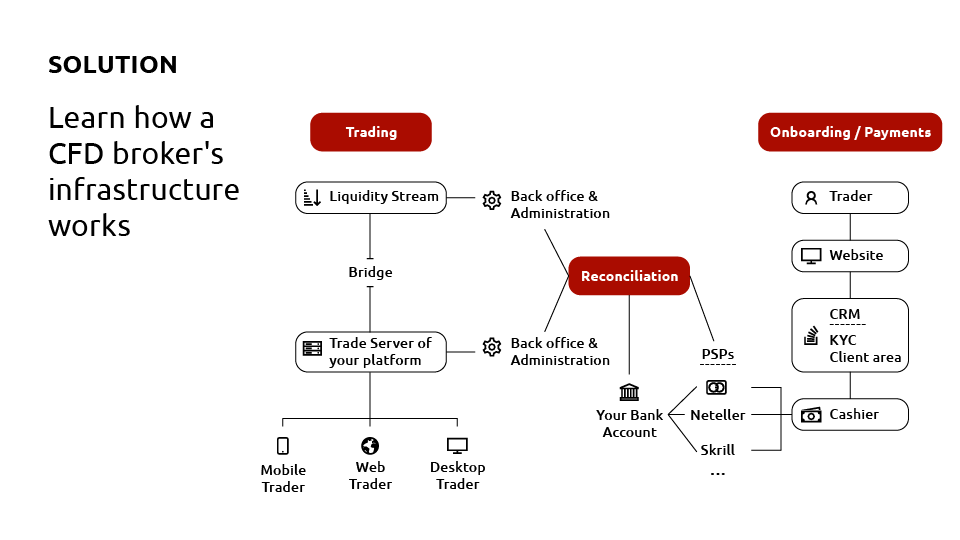
After you’ve registered your company and while waiting for your licence, it’s time to setup your brokerage’s infrastructure.
It’s expected of newcomers in this industry to have a limited understanding of a CFD broker’s infrastructure. CRMs & PSPs, LPs, Cashiers, Liquidity streams, Aggregators, reconciliations, RTS 27 reports sound like jargon that can become quite overwhelming.
Startup brokers often don’t have adequate knowledge of how trading or settlements work and sometimes they even find it hard to understand the very basics, like the difference between balance and equity. They often fail to do proper reconciliations and are not sure how to set up payment solutions.
Take the time to educate your teams about your brokerage’s infrastructure. It is somewhat challenging to fully explain it in an article, however, I will try to provide a summary of how a brokerage firm is set up.
Take note that our All-in-One Broker solution offers the fully set up infrastructure described below, which is all you need to launch and operate your brokerage. Generally speaking the infrastructure will be roughly the same regardless of if you choose to configure, host, and connect each component on your own, or if you choose a solution like the All-in-One.
The infrastructure is split into two major sections, Trading and Onboarding / Payments.
You should complete reconciliations on a daily basis, as most regulators require, by comparing your client balances in the payment institutions to their balances in the trading platforms, as well as your firm’s equity and trading activity with your LPs.
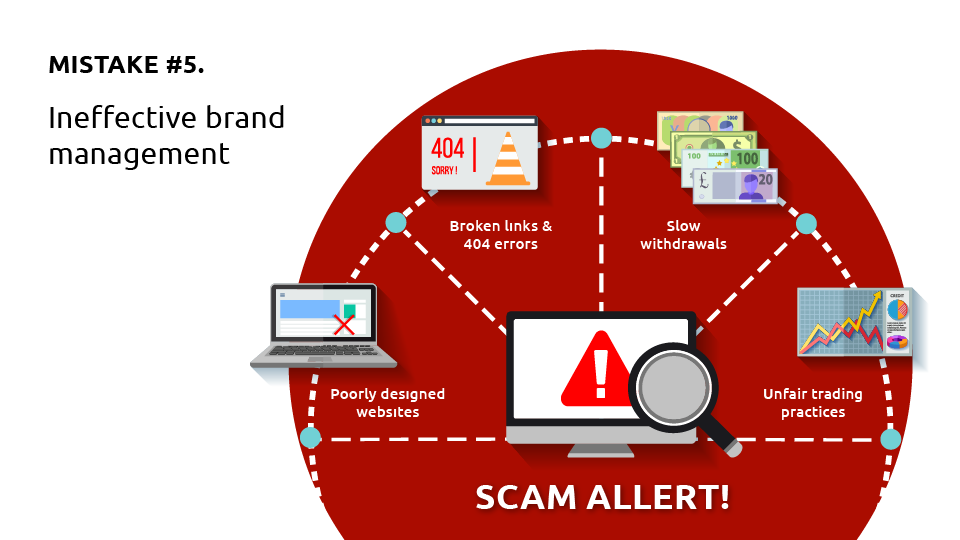
Now that your startup is set up and operational, It’s of great importance to define its attitude and culture. Unfortunately, most entrepreneurs enter this industry with a short term mentality. They want to launch fast and be profitable fast, not focusing on long term sustainability of their brand.
They often employ amateur web developers to present their brand, without employing content creators. It’s surprising how often we’ve seen broker-clients literally copy paste content and images from our website, creating websites with poor navigation, bad user interface, and broken pages that result in 404 errors. They are often too aggressive with market making, and too slow with withdrawals.
In today’s day and age, these practices will only result in your brand to be marked as a scam in search engines, and your startup to fail.
Think long term. Even if you don't have the resources to have hundreds of pages of content for SEO, analytics via heatmaps or conversion optimisation, you can still have a decently designed website with good content and easy navigation.
Treat your clients fairly and don't harass them or delay withdrawals. Don't abuse market making. Fair treatment, combined with the right marketing plan and an efficient support team, will enhance your clients' loyalty to your brand.
Focus on converting your clients to brand ambassadors or, even better, affiliates, and it will become easier to achieve the growth you are aiming for.
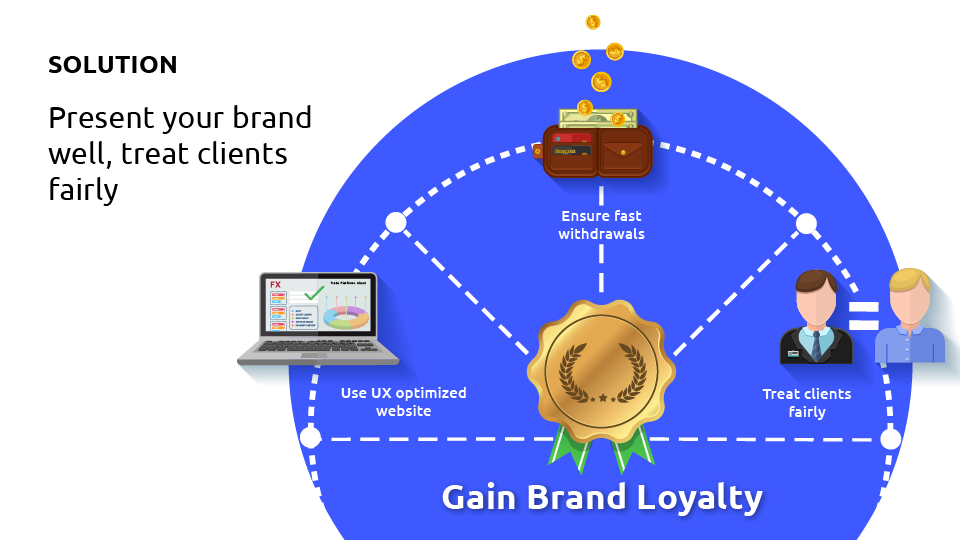
At this point, your startup is well into day to day operations. You have set up your basic services, but are you sure you are using all available products at your disposal? I have already outlined how important it is for your startup to offer good content, training and guidance around your trading products. Content aside, your sales team should also guide customers to choose the product that satisfies their requirements.
Startups don’t take advantage of all products available to them, usually because they don’t understand them, can’t configure them, or don’t know how to sell them. Even ground-breaking products with great potential, like copy trading, are sometimes not promoted at all.
My suggestion is to employ at least one person that fully understands each of those products, so that your marketing and sales team can be guided to market those products to the appropriate audience.

A basic explanation of the trading products offered in this industry, and also offered by cTrader in our All-in-One solution are:
As you can see, every product can be marketed to attract different client personas. Use them well and always fit your marketing plan to your audience’s needs.
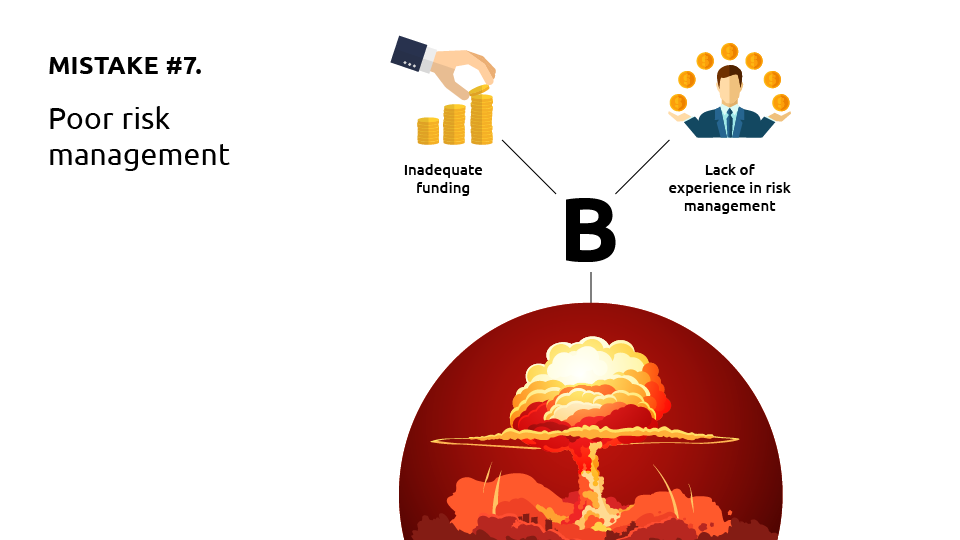
Your startup is fully operational and optimized to attract clients. All you have to do now is to ensure it’s longevity.
Since the summer of 2018, ESMA requires EU regulated brokers to publish percentages of retail clients who lose money. We now know that approximately between 65 and 75% of retail traders lost money during the reported period.
Some startups think that they should act as counterparties and accept all the risk from retail traders, referred to as "B-book" in the industry. They are not concerned that they might lack the funding or the knowledge to manage risk.
Traders who trade on news, scalpers, traders who often fine tune their algorithms, arbitrage traders, price delay abusers, swap abusers and long term fundamental traders are often profitable. You need a lot of diversity with thousands of trading accounts to be able to mitigate that risk, as well as survive low volatility periods.
If your startup lacks diversity, you may run into risk management issues. For example, if 25% of your highest depositors are profitable, while 75% of your lowest depositors are losing, your firm may incur unmanageable losses. Brokers who were inadequately funded and lacked risk management knowledge, but decided to go act as counterparties anyway found out how easy it is to lose money, just like an inexperienced trader who is unaware of the risks and blows up their trading account.
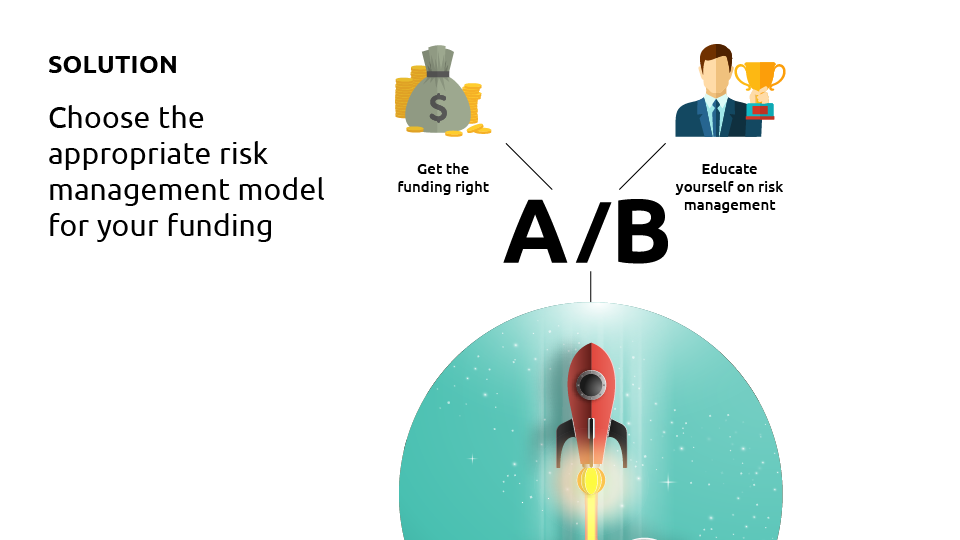
My recommendation is to choose the appropriate risk management model for your funding. If your brokerage is well funded, it can take more risk. If it’s not well funded, you should stick to less or no risk, by going full STP, referred to as “A-book”. You will be surprised with the rates that we offer to our clients who STP all their flow to TopFX, and how much revenues they generate, risk free.
The norm is to educate your teams on risk management, and adopt the “A/B book” model referred to as the “mixed” model. After your risk managers understand different trading styles, they can opt to STP experienced traders, or high volume traders that can generate good revenues on “A-book”, while choosing to as a counterparty, or B-book, the lower risk, inexperienced traders.
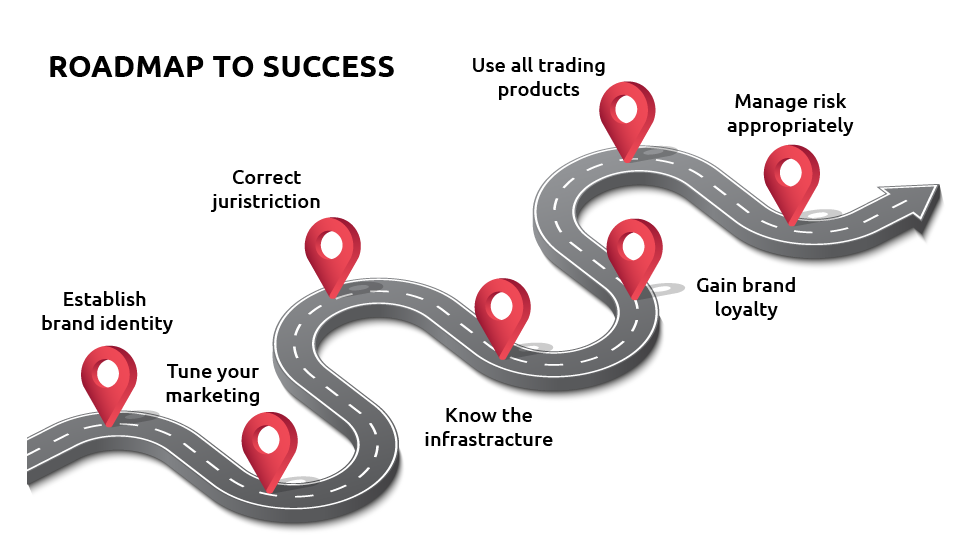
The “All-in-One Broker Solution” from TopFX provides all the infrastructure you need to launch your startup. Let us worry about getting you operational, while you work on your marketing, human resources and business model. Thank you for taking the time to read the article. Feel free to contact me on LinkedIn for any questions, or more information.
Based on your selection, you will register for an account with Fondex Limited, which is authorised and regulated as a Securities Dealer by the Financial Services Authority of Seychelles with License number SD037. Fondex Limited is not part of the European regulatory framework and is not in scope of (among others) the Markets in Financial Instruments Directive (MiFID) II. In addition, there is no provision for an investor compensation scheme.
Before you proceed, please confirm that the decision was made independently and at your own exclusive initiative and that no solicitation or recommendation has been made by TopFX and/or Fondex or any other entity within the group.